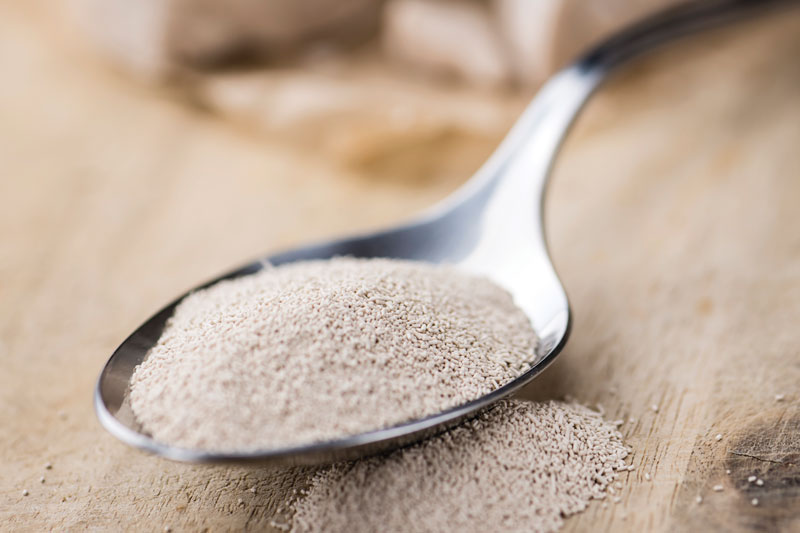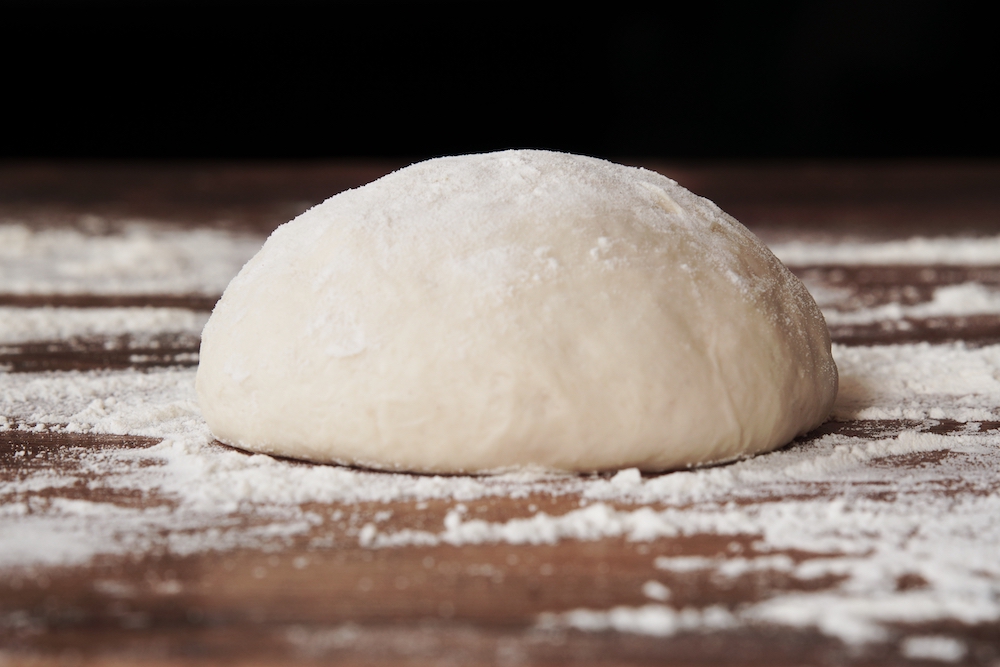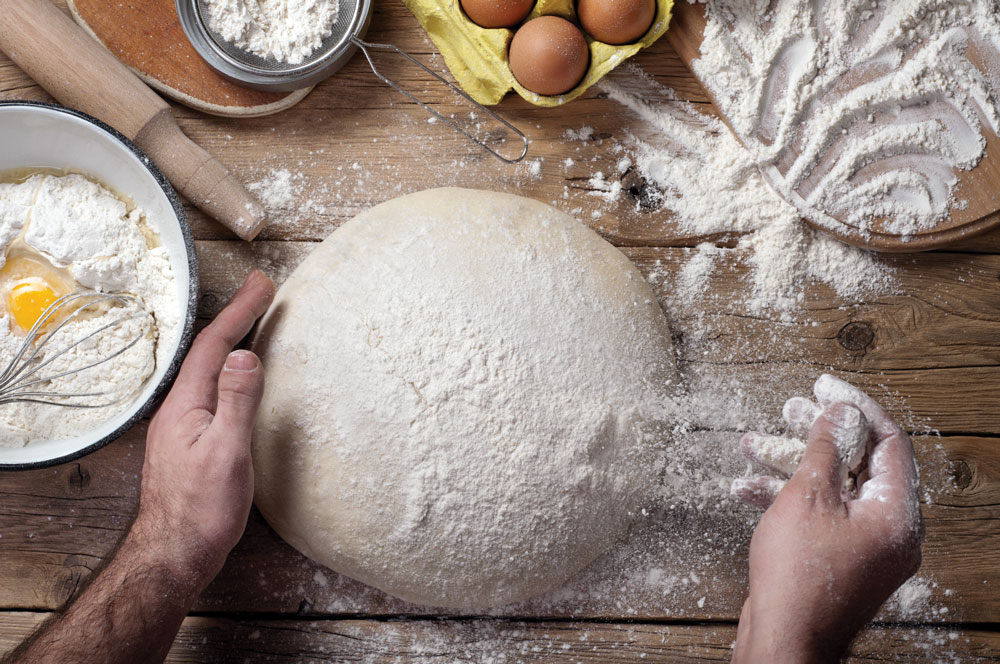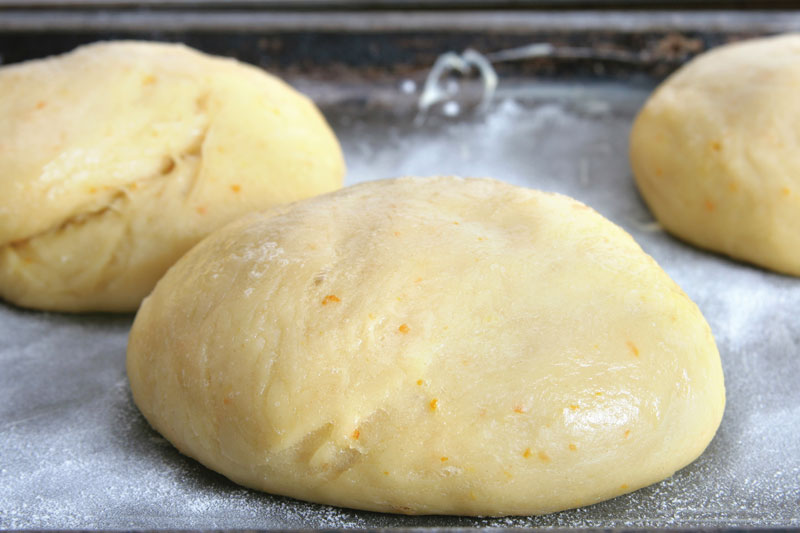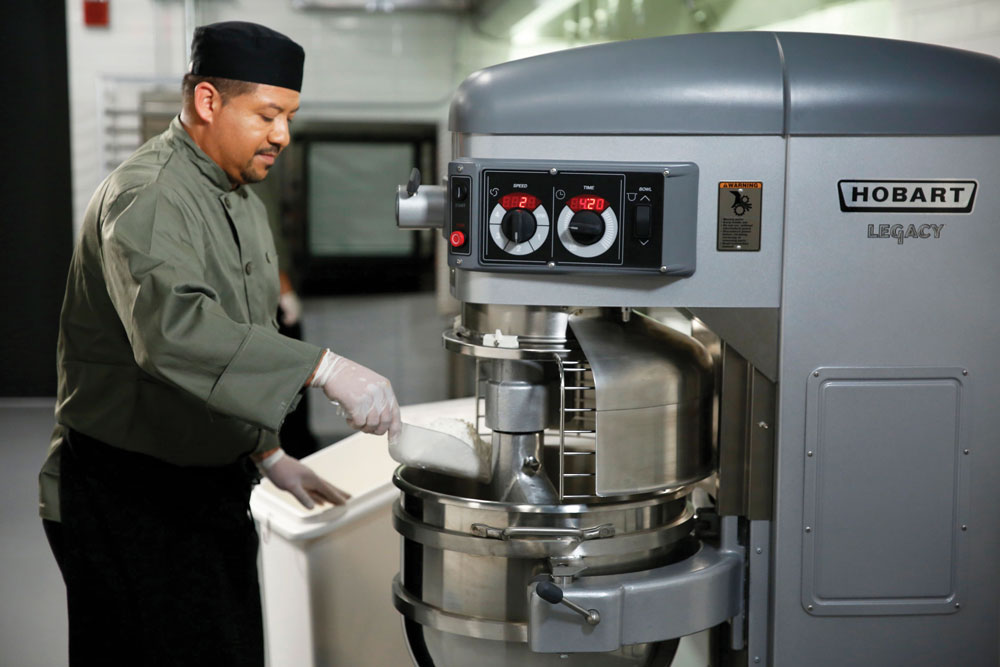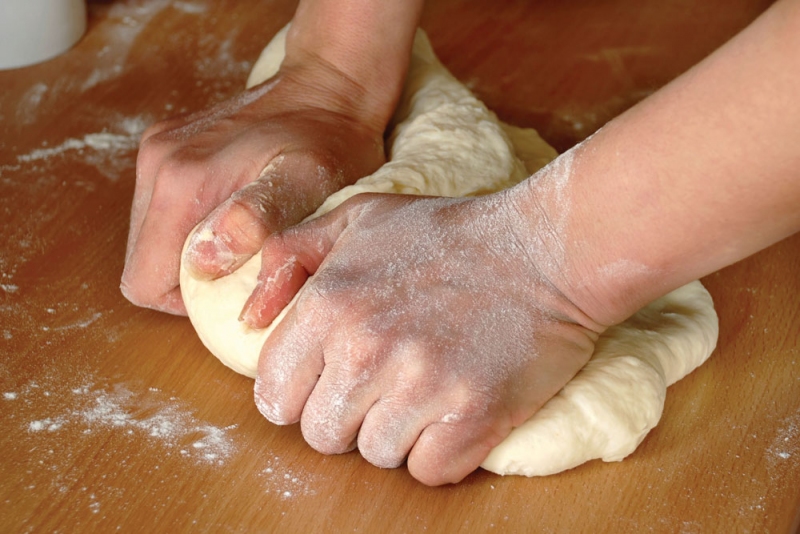Q Why do some pizza makers prefer instant dry yeast (IDY) over other types of yeast?
A Actually, there is little difference between instant dry yeast, active dry yeast (ADY) or compressed/fresh yeast. For me, it all boils down to convenience.
Instant dry yeast (IDY) has a long shelf life (one year or more), so it can be purchased by the case, possibly saving a little money on delivery costs. IDY, like ADY, does not require refrigerated storage, whereas compressed/fresh yeast must be stored continuously under refrigeration. Unlike ADY, IDY does not need to be hydrated in warm water prior to use; in fact, it actually performs better when added dry and blended into the flour before mixing. That’s one less thing that might go wrong in preparing your dough.
IDY also exhibits excellent uniformity and consistency in performance throughout its shelf life, especially when compared to compressed/fresh yeast, which begins to show signs of deterioration within two weeks of receipt at the store. In some cases, depending on how the yeast is handled and the temperature at which it is stored, compressed/fresh yeast may begin to show signs of deterioration in a week or less, leading to poor or inconsistent dough performance.
Lastly, with many operators expanding their businesses or just trying to make their jobs a little easier, I see a lot of interest in making “goodie bags,” which is a way to speed up dough preparation and improve ingredient scaling consistency as well as dough formulation propriety. In this application, because the IDY can be added directly to the flour and other dry ingredients used in making a dough, it can be included in the goodie bag and easily stored for up to 15 days or more. With a goodie bag, most operators are able to reduce the ingredients needed to be scaled to just three—flour, water and possibly oil. The goodie bag provides all of the other dry ingredients required to make the dough.
Those are some good reasons for using IDY. But if you still prefer to use compressed/fresh yeast or ADY, you should do so. Just make sure you know the limitations associated with your preferred yeast.

